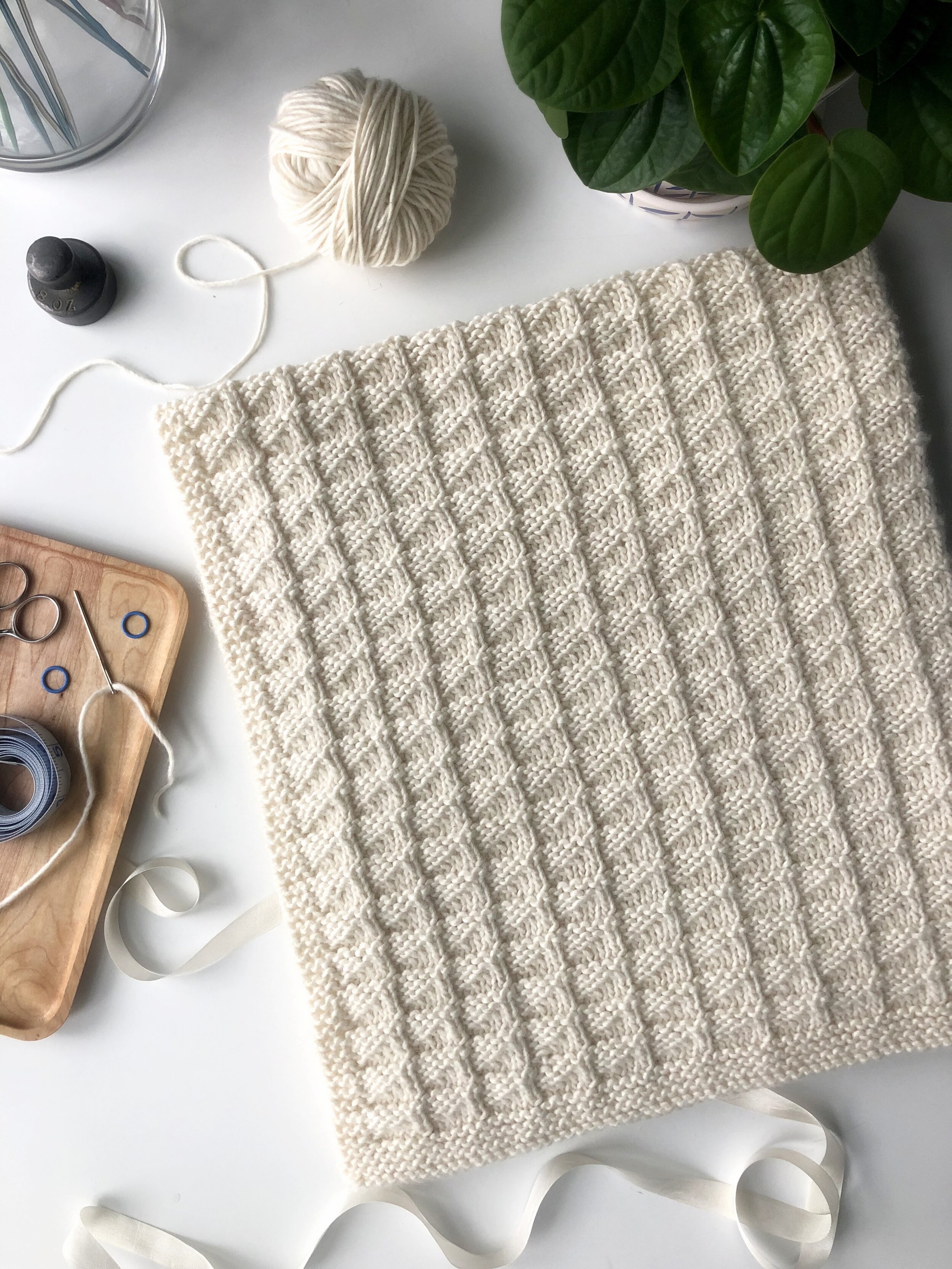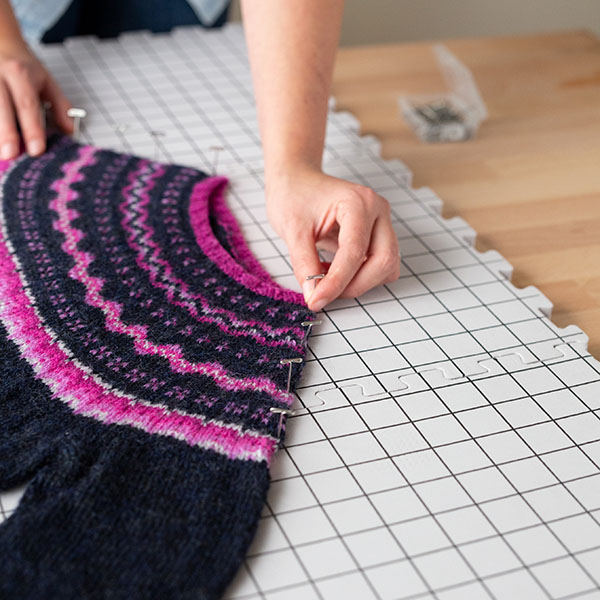How To Block Knits
How To Block Knits - For water temperature and soaking time, follow the manufacturer’s recommendations for the yarn used. Some knitting patterns will give a finihsing insturcution to give you knit a final flourish. You don’t want to agitate your knit too much. Decide which tools you need to block a knitted project. Before wet blocking anything, check its label for instructions to avoid causing any irreversible damages to it. Experiment with blocking your gauge swatch before you block an actual knitted piece. Should you block every project? 63k views 1 year ago knitting tips, hints, and secret techniques. Here are my favorite tools: This guide can be used to wet block knitwear such as jumpers, cardigans, scarves, shawls, and so on. Web how to block knitting in 7 steps: Why do we do it? Why blocking is an essential last step in knitting. You're just pushing the steam through the sheet and into the knitting. Some knitting patterns will give a finihsing insturcution to give you knit a final flourish. And if you plan on knitting multiple garments each year, they’re well worth the small investment. Doing so may distort the stitches beyond correction. Web do you block your knitting? How to block a knitted sweater & other garments. How do you block knitting without mats? Before blocking knitting, weave in all loose ends; To start, you will need: You don’t want to agitate your knit too much. Experiment with blocking your gauge swatch before you block an actual knitted piece. Do not rub, twist, or wring a handknit. Experiment with blocking your gauge swatch before you block an actual knitted piece. Blocking your finished knitting project makes a big difference in the appearance of your project! While your item is soaking, set up the surface that you will be using for blocking. To squeeze out the excess water from your knitting. Should you block every project? Web how to block knitting in 7 steps: Steam, wet and spray blocking. The blocking process will help secure the ends in place. But special foam blocking mats are also a great choice, and some even come with grid markings to help with measuring. Soak your knitted item in gentle wash per the yarn label instructions. I'll take you through this whole process in todays' video with all my top tips. Web how to block knitting. Experiment with blocking your gauge swatch before you block an actual knitted piece. Just set your iron on steam and wave the iron slowly over the knitting, being. Here’s a quick summary of how each method works. Before wet blocking anything, check its label for instructions to avoid causing any irreversible damages to it. Fill your sink or basin with cool water and a squeeze of wool wash (or shampoo). Web there are 3 methods of blocking: Experiment with blocking your gauge swatch before you block an actual knitted piece. Web blocking generally follows three simple steps: Web there are several techniques you can use to block knitwear, including wet, dry, steam, and damp blocking. No matter what method you use, the blocking process will stretch and smooth your stitching. ‘blocking’ is a knitter's term for wetting, pinning out a finished knit to a particular shape and leaving it to dry. Web there are three main ways. Recommended for wool and animal fibers in general, wet blocking involves fully wetting your finished pieces. And if you plan on knitting multiple garments each year, they’re well worth the small investment. Web there are several techniques you can use to block knitwear, including wet, dry, steam, and damp blocking. Although they’re not 100% necessary, having certain blocking tools can. ‘blocking’ is a knitter's term for wetting, pinning out a finished knit to a particular shape and leaving it to dry. While your item is soaking, set up the surface that you will be using for blocking. Web first, fill a clean sink or basin with water. How to block a knitted sweater & other garments. But special foam blocking. Steam, wet and spray blocking. Web there are three main ways to block a knitting project: Fill your sink or basin with cool water and a squeeze of wool wash (or shampoo). I'll take you through this whole process in todays' video with all my top tips. Should you block every project? You'll be told to 'block'. No need to get overwhelmed, though! First, fill a clean sink or basin with water. Web there are four main ways that you can block your kitting: Lay your project flat, matching the finished dimensions. Web there are 3 methods of blocking: Continue this process until the sheet is dry. Blocking your finished knitting project makes a big difference in the appearance of your project! Web how to block knitting. ‘blocking’ is a knitter's term for wetting, pinning out a finished knit to a particular shape and leaving it to dry. Why blocking is an essential last step in knitting.![How to block knitting [The ultimate tutorial]](https://nimble-needles.com/wp-content/uploads/2023/03/a-knitted-project-before-and-after-blocking.jpg)
How to block knitting [The ultimate tutorial]

How to Block Your Knits Knitting Blocking YouTube

How to Block Knitting Blocking a Hand Knit Blanket Tutorial Final

Blocking Knitting Video How to block knitting Knitting Then learn

How to Block 100 Acrylic Yarn The Best Way for Knit + Crochet YouTube

How to Block Knitting YouTube

Blocking Knits How To Block Knitting Guide Handy Little Me

HowTo Block Knitting Ultimate Guide Wet Blocking & More Interweave

3 Things Blocking Knits Can Fix (and 3 Things It Can’t) Knitting

How to Block Your Knitting Cocoknits
You Also Can Steam Block Without A Protective Layer Of Fabric.
Decide Which Tools You Need To Block A Knitted Project.
Web There Are Several Techniques You Can Use To Block Knitwear, Including Wet, Dry, Steam, And Damp Blocking.
Why Do We Do It?
Related Post: